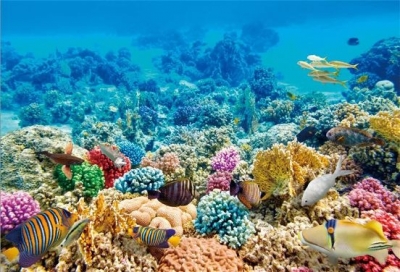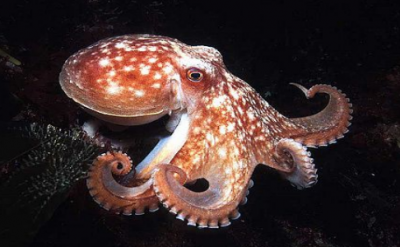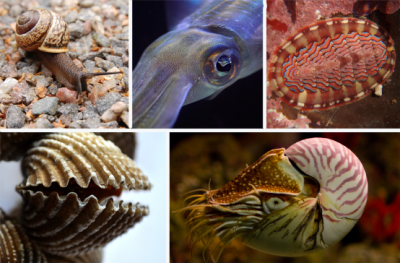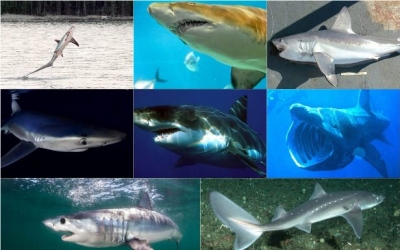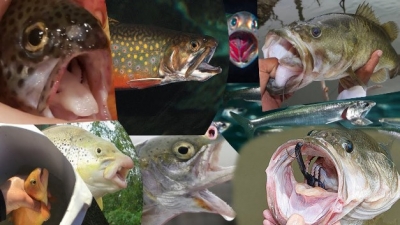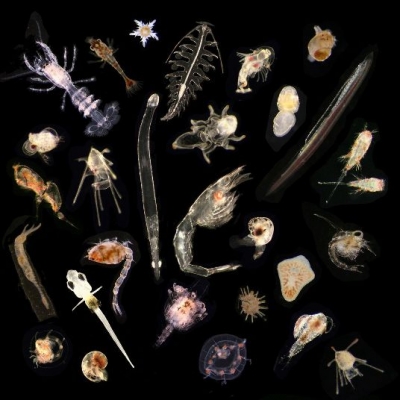
Life under a Microscope
If you picked up a cupful of seawater, you might see a few creatures. But, if you looked at the same cup of water under a microscope, you would see hundreds or thousands of little creatures!
Some of the creatures are tiny animals. Some are the young of bigger animals. You’d also see living things like plants. Huge masses of these animals and plants drift in the ocean. Together they are called plankton. Plankton is food for a great many sea creatures, from shrimp to whales.
In a cupful of pond water you would see different creatures. One looks like the bottom of a shoe. It’s called a paramecium and has no head and no legs. It doesn’t have eyes or a mouth either. Its body is covered with rows of little hairs called cilia that it uses like oars to move through the water.
Another creature looks like a funnel with a long tube. It creates a little whirlpool around the top of the funnel to draw food into its body. This creature is called a vorticella.
Another creature found in ponds is an amoeba. It looks like a blob of grey jelly, and it changes shape every time it moves.
Even though these creatures are microscopic, they are an important part of the world of animals. Without them, many other animals would go hungry.


